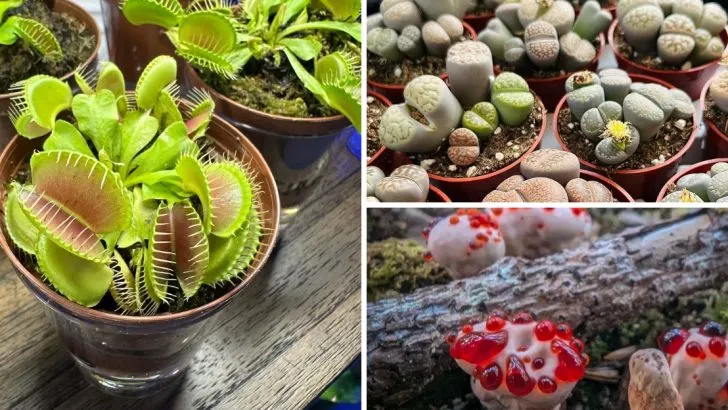In the mysterious world of botany, some plants have developed extraordinary abilities to change their appearance. These shape-shifting plants use their transformative powers as a means of survival, fooling both predators and prey.
This blog post explores eight of the most bizarre and fascinating plants that possess this unique ability. Their shape-shifting tactics range from mimicking other organisms to altering their form dramatically.
Join us as we delve into the captivating world of these botanical marvels.
Mimosa Pudica
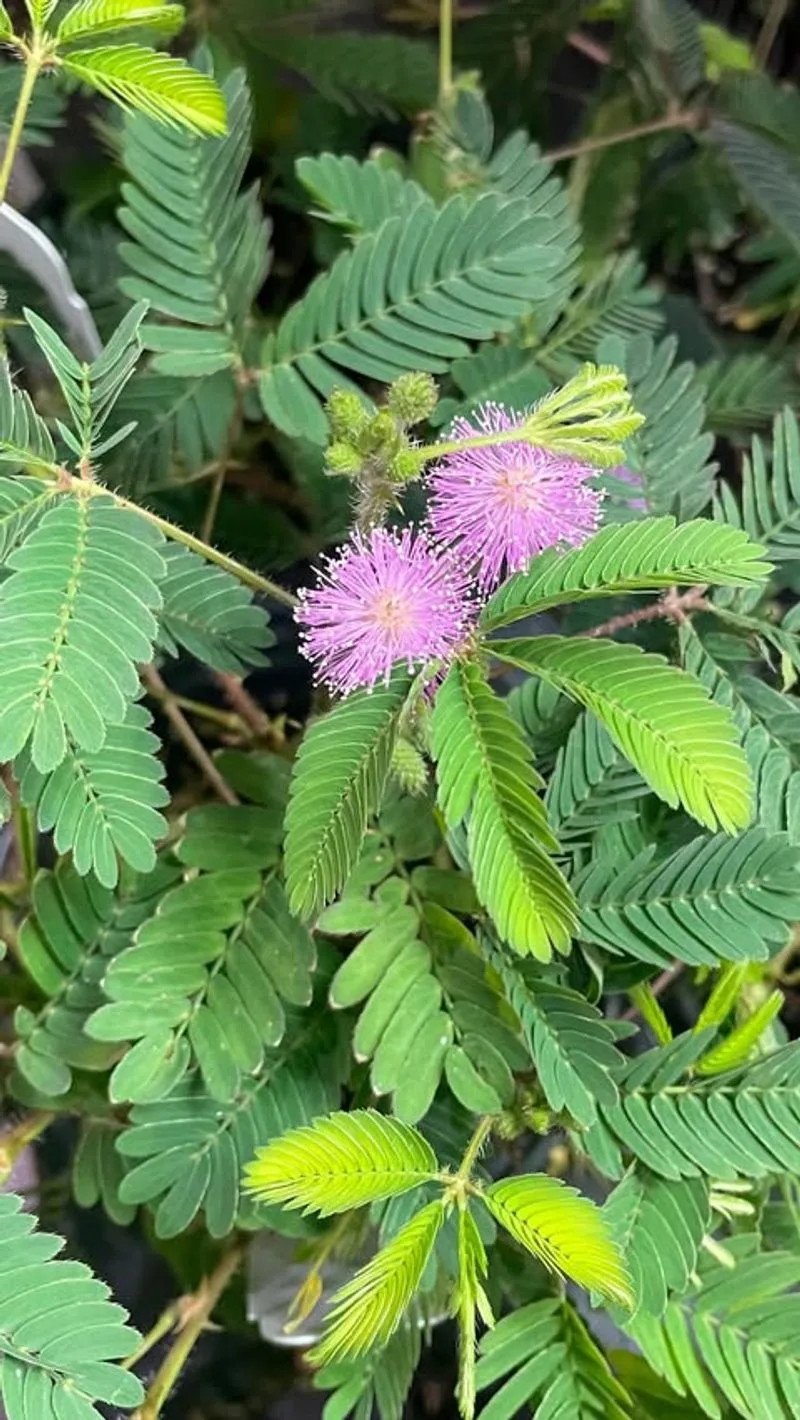
The Mimosa Pudica, often called the “sensitive plant,” is renowned for its rapid response to touch. This fascinating plant folds its delicate leaves inward, creating the illusion of wilting.
This reaction occurs almost instantaneously, startling any potential threats. The sudden movement is a defense mechanism, protecting the plant from herbivores who might be deterred by the sudden movement.
Its unique ability to change form is not just for defense; it also reduces water loss during intense heat. Growing in tropical regions, this plant thrives in moist soil and is a marvel of rapid plant movement.
Lithops
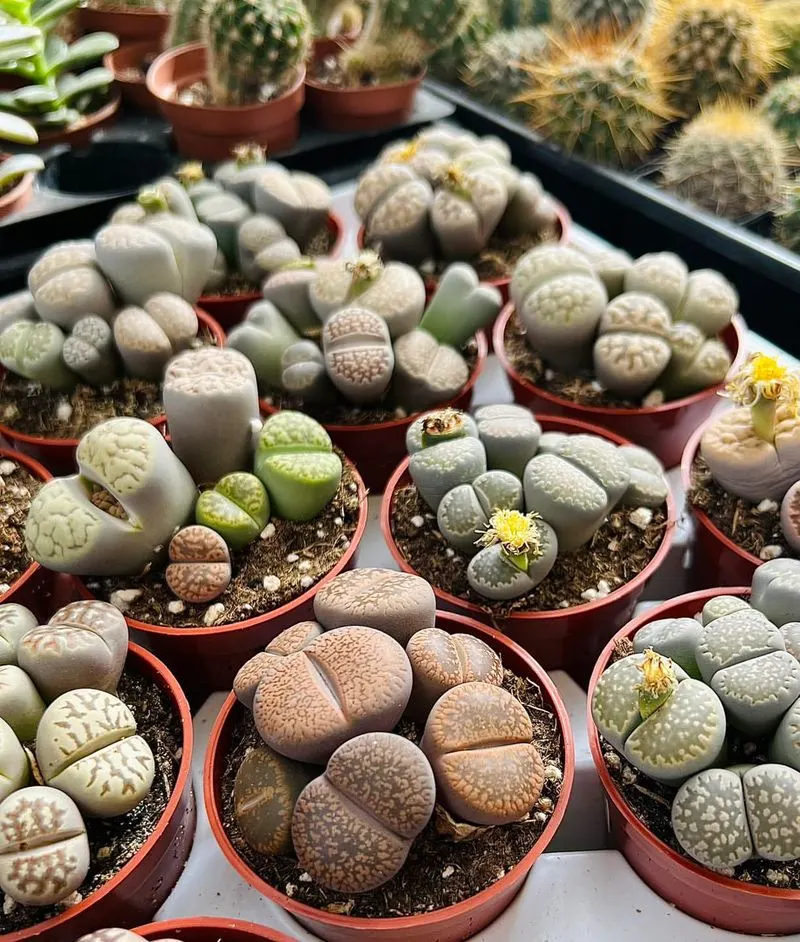
Lithops, commonly known as “living stones,” are succulent plants that have evolved to mimic the appearance of stones. Found in arid regions, their stone-like form is a superb camouflage against predators.
This mimicry helps them blend seamlessly into their rocky surroundings, making them difficult to spot. During dry seasons, Lithops can survive with minimal water, storing moisture in their thick leaves.
Their ability to deceive predators through shape and color is a testament to their adaptability. These extraordinary plants are a captivating example of nature’s ingenuity in survival.
Rafflesia Arnoldii
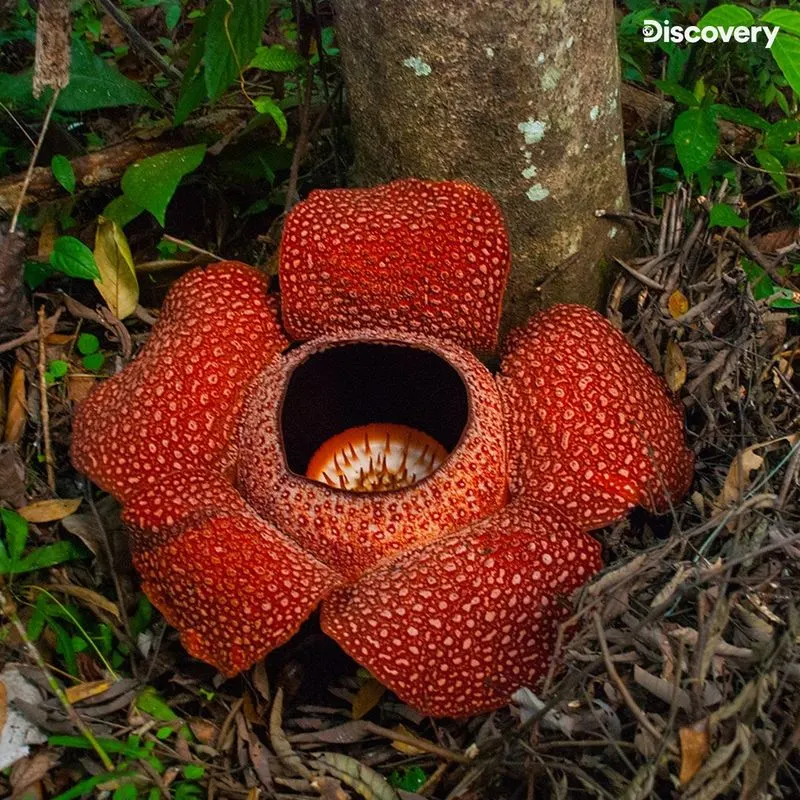
The Rafflesia Arnoldii, known for producing the largest individual flower, uses deception to attract its prey. Emitting a smell akin to rotting flesh, it lures insects into its trap.
This odor, though unpleasant to humans, is irresistible to certain pollinators, who mistake it for decaying meat. The massive flower is often hidden amongst jungle foliage, adding to its mysterious allure.
Despite its lack of visible leaves or stems, Rafflesia thrives by parasitizing other plants. Its unique shape-shifting and scent-based tactics make it a master of disguise in the plant kingdom.
Camouflage Orchids
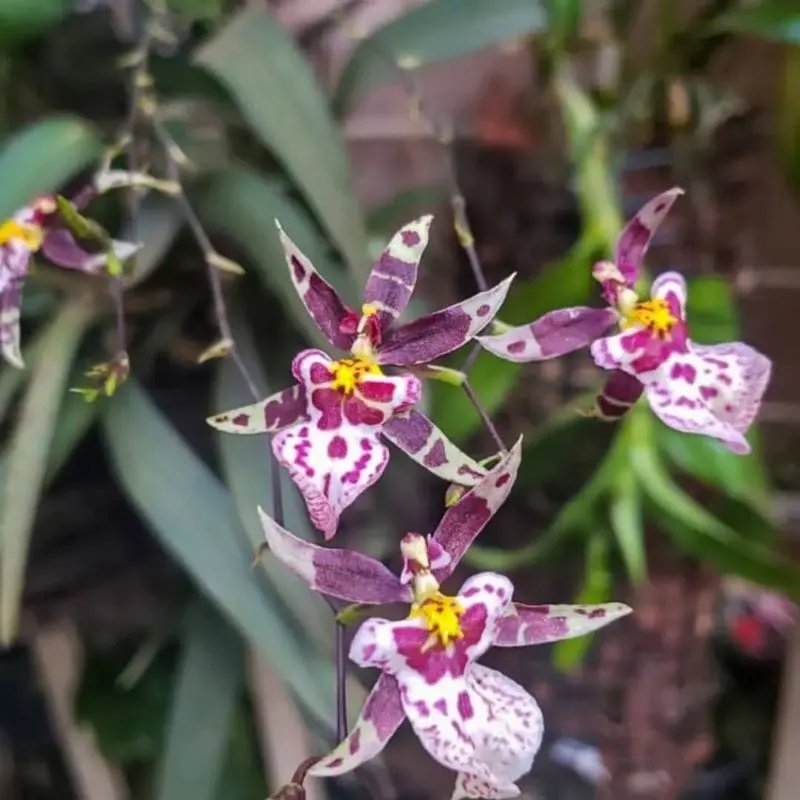
Camouflage Orchids are masters at blending into their surroundings. By mimicking the textures and colors of their environment, they evade predators and attract pollinators.
These orchids are found in diverse habitats, from tropical forests to arid landscapes. Their petals often resemble leaves or bark, providing a seamless disguise.
This ability not only protects them but also aids in pollination, as they attract specific insects looking for nectar. With their extraordinary talent for mimicry, Camouflage Orchids demonstrate nature’s complexity and beauty in the art of deception.
Venus Flytrap
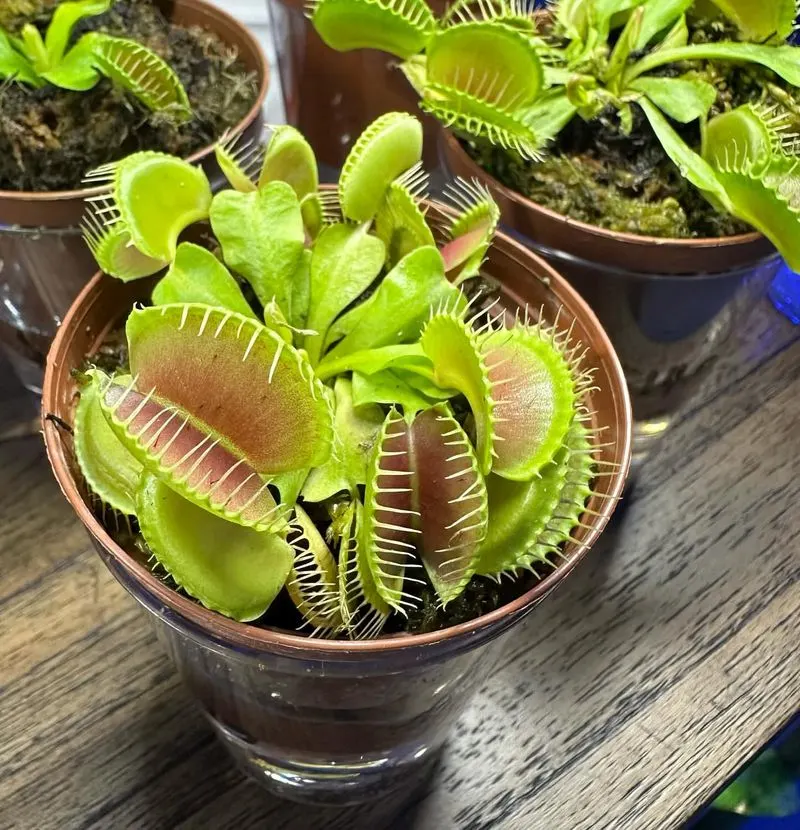
The Venus Flytrap is a carnivorous plant known for its jaw-like leaves that trap unsuspecting prey. When an insect touches its sensitive trigger hairs, the trap snaps shut with remarkable speed.
This clever mechanism ensures the plant captures and digests nutrients from its prey, compensating for poor soil conditions. Native to subtropical wetlands, the Venus Flytrap’s unique trapping method highlights its adaptability.
Its ability to change shape from open to closed is a remarkable evolutionary trait, showcasing both beauty and predatory precision in the plant world.
Corpse Flower
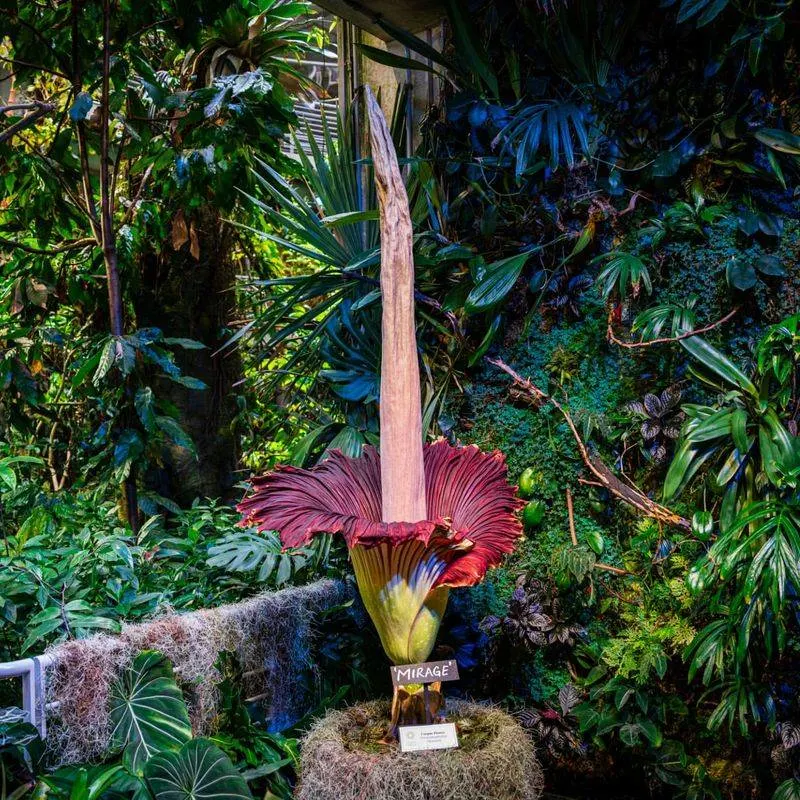
The Corpse Flower, formally known as Amorphophallus titanum, is famous for its enormous bloom and foul odor. This plant mimics the scent of decaying flesh to attract carrion beetles for pollination.
Towering over other plants, its impressive flower can reach up to ten feet in height. The transformation from a bud to full bloom is a rare and spectacular event, drawing crowds to witness its grandeur.
Despite its unpleasant smell, the Corpse Flower’s ability to deceive for survival is a testament to its unique place in the plant world. Its sporadic blooming cycle adds to its intrigue.
Bleeding Tooth Fungus
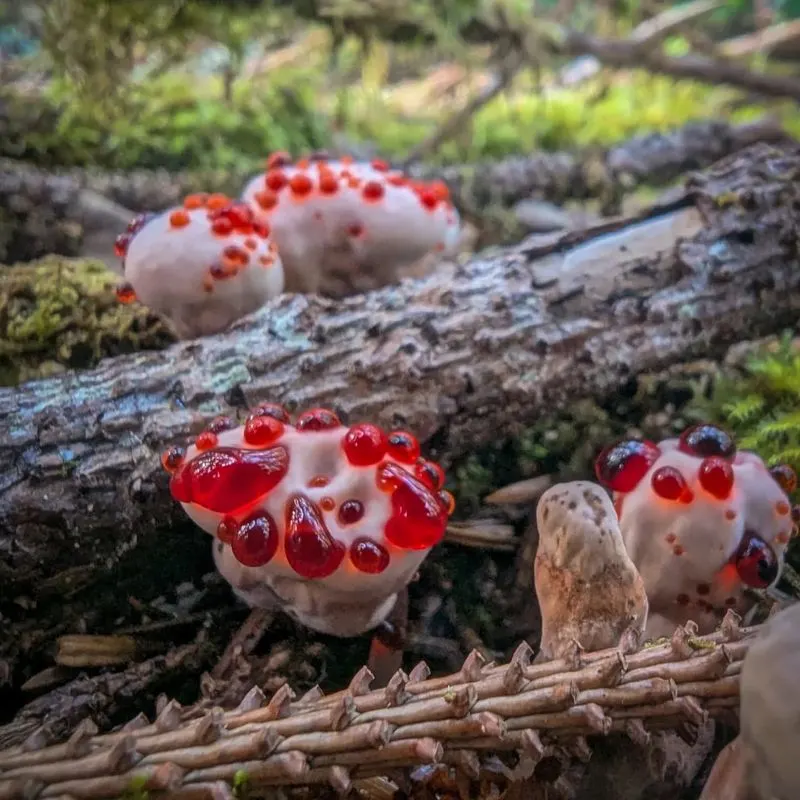
Though not a plant, the Bleeding Tooth Fungus deserves mention for its plant-like deception. This bizarre fungus oozes a bright red sap, resembling blood, from tooth-like structures.
Found in coniferous forests, its unusual appearance deters predators while attracting curious onlookers. The red sap is not only a visual deterrent but also contains compounds that inhibit bacterial growth.
Its ability to mimic bleeding makes it one of nature’s most peculiar wonders. Despite its eerie appearance, the Bleeding Tooth Fungus plays a vital role in its ecosystem, decomposing organic matter and recycling nutrients.
Dancing Plant
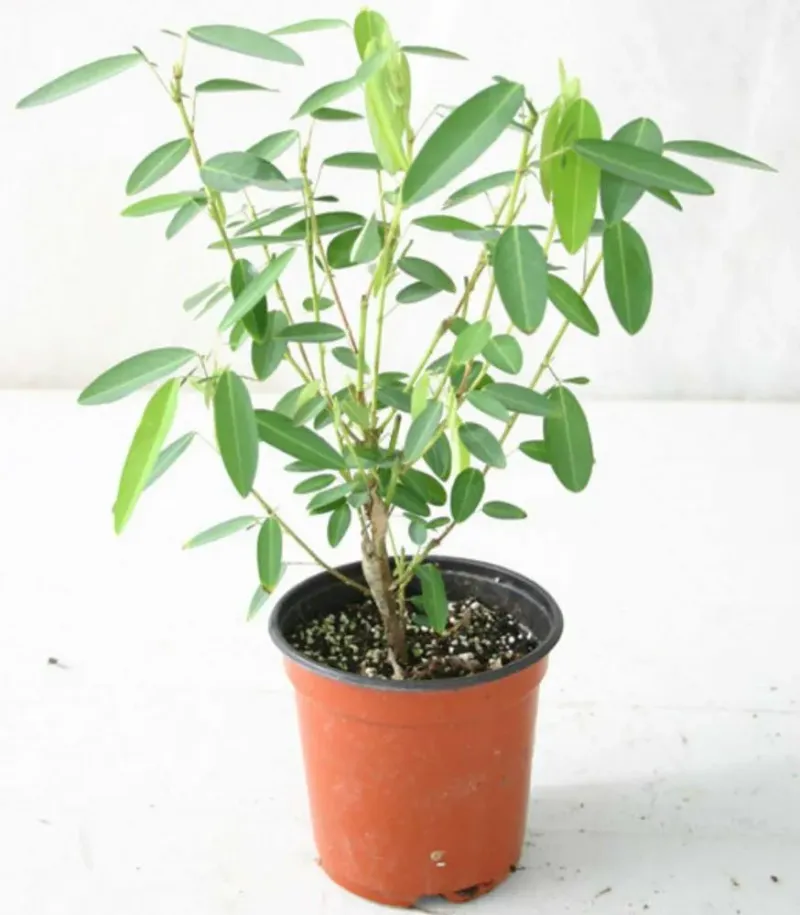
The Dancing Plant, also known as Codariocalyx motorius, captivates with its rhythmic leaf movements. Unlike passive counterparts, this plant’s leaves dance to environmental stimuli such as sunlight and sound.
Found in tropical regions, its leaflets move in a unique pattern, creating a mesmerizing display. This movement is believed to aid in photosynthesis and deter herbivores.
By constantly shifting its shape, the Dancing Plant intrigues botanists and nature enthusiasts alike. Its lively dance is a delightful reminder of the dynamic interactions within the plant kingdom, showcasing adaptability and resilience.

